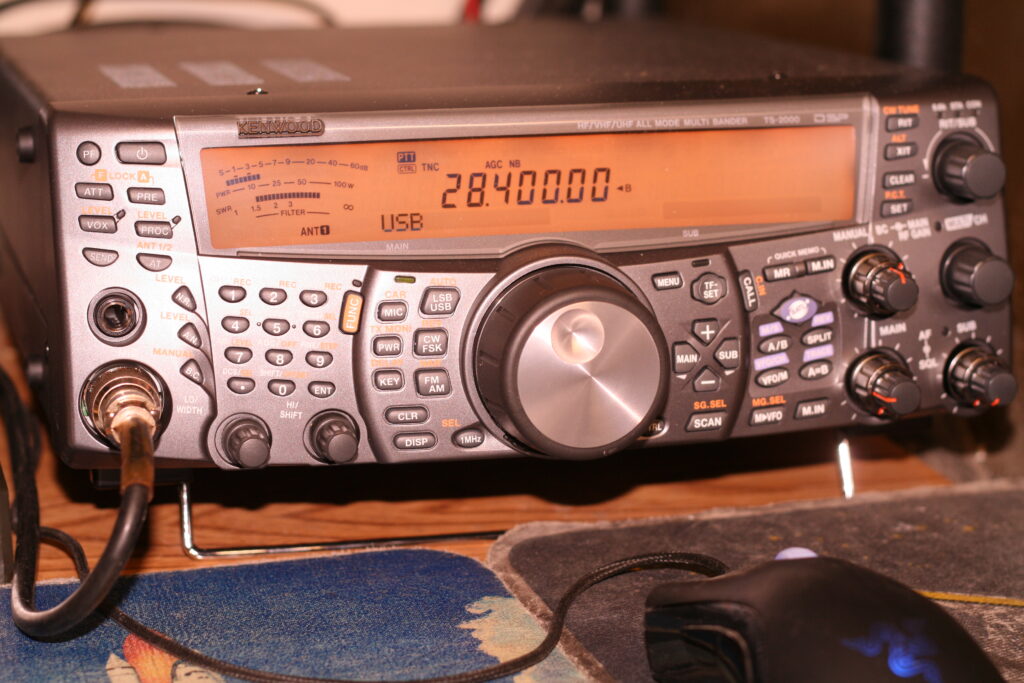Amateur radio (Citizens radio) was popular, reaching as many as 1,200 amateurs, but was banned in 1922, the year of the first radio regulation. Amateur Radio, commonly called Ham Radio, is a place where Hams (i.e., amateur radio enthusiasts) use various types of radio communications equipment to talk with other amateurs over radio, either for entertainment or to perform certain public services such as disasters (it is said that a Welsh Ham Radio operator named Artie Moore picked up a distress signal from Titanic on 15 April 1912). Just like amateur athletes are some of the best athletes in the world, amateur radio operators have been leading the science of radio communications over a century.
In fact, amateur tinkerers have wanted to utilize and explore radio technologies as long as there has been radio technology itself. There were a number of people who contributed to the beginnings of Amateur Radio; Italian inventor Guglielmo Marconi proved that radio communications could work in Italy in 1895. Experiments into what would be the new field called radio started in about 1888, with Heinrich Rudolph Herz proving that electro-magnetic waves existed.

As radio, or wireless, as it is called, is generally considered just an interesting phenomenon with little practical application, many professional scientists and engineers did not take advantage of it like they could have (although a few did), leaving a large area open to amateur experimenters. Many amateur telegraphists began to experiment with wireless communications. By 1914, amateur tinkerers were communicating across the country, setting up systems that would transmit messages coast-to-coast.
After the First World War, the Amateurs became heavily involved in radio experiments, contributing to developments in distant transmission, and becoming the first successful operators of radios that used both the upper mid-frequency band as well as the lower-high-frequency radio bands. The pioneering spirit that had been present among some early radio tinkerers has been maintained, and many radio tinkerers have contributed in a variety of ways to technological developments. No matter who gets the credit, one things for sure; those first radio operators were pioneers in amateur radio.
The term hamas, a derogatory epithet for an operator in the hobby, was first heard by operators from both commercial and professional radio communities in 1909. While there are a number of theories about this, one is that the term ham used to describe these first amateur radio operators was a derogatory term created by frustrated commercial operators, short version ham fisted, meaning that operators were unable to send Morse Code very well.

voluntarily transmitted radio, which was a sort of Amateur Radio with a different name, allowed licensed operators to use the band from 144-146 MHz, with callsigns issued with an initials of VR followed by a serial number. This was a step which, together with using another name, succeeded in evading legislative issues associated with full-on amateur radio under the Radio Communication Act of 1955. In addition to a VR+number callsign, operators were also issued with HS callsigns, though a practice encouraged during the early 1980s was that operators would use their VR-callsigns. Technically-oriented amateur radio operators advanced the state-of-the-art and pioneered new ways of communication which were then adopted by governments and commercial users.
